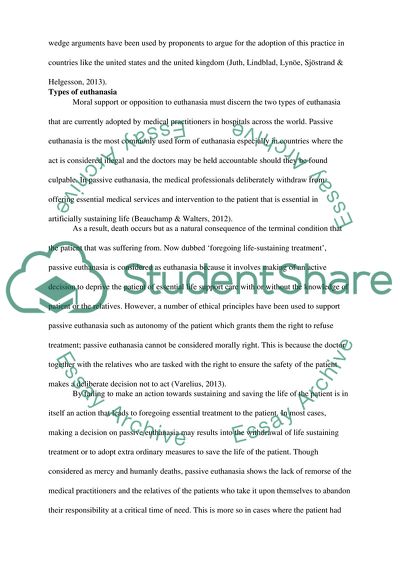Cite this document
(“Euthanasia is Morally Incorrect Essay Example | Topics and Well Written Essays - 3000 words - 1”, n.d.)
Retrieved from https://studentshare.org/psychology/1654277-writer-choice
Retrieved from https://studentshare.org/psychology/1654277-writer-choice
(Euthanasia Is Morally Incorrect Essay Example | Topics and Well Written Essays - 3000 Words - 1)
https://studentshare.org/psychology/1654277-writer-choice.
https://studentshare.org/psychology/1654277-writer-choice.
“Euthanasia Is Morally Incorrect Essay Example | Topics and Well Written Essays - 3000 Words - 1”, n.d. https://studentshare.org/psychology/1654277-writer-choice.


